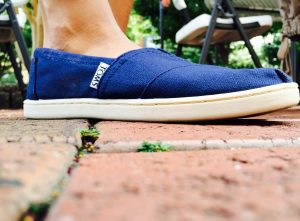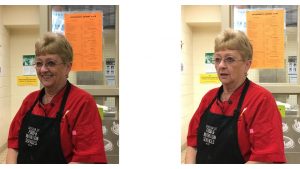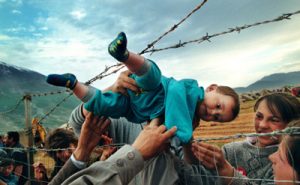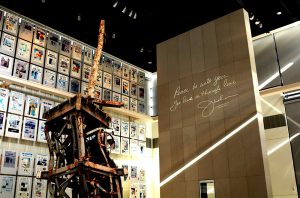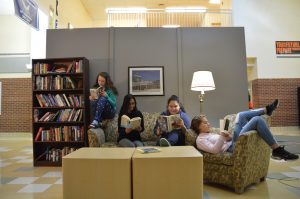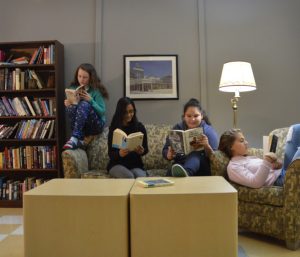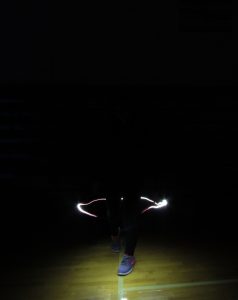Throughout this year in class, we have done many projects centered on improving our photography skills. Our first assignment was designing a creative brand logo to insert on our pictures. Afterwards, we did a number of other projects including “24 Colors”, “App Review”, “Infinite Background Portraits”, “Light Graffiti”, “Rule of Thirds”, “7 Days”, “Set in the Street”, “Newseum”, “Smile”, and “#ProLevel”. We had a chance to use editing softwares such as Adobe Fireworks and Adobe Photoshop in order to enhance our final products, too. In addition, we were required to write reflection responses on our websites that demonstrated our knowledge while allowing us to define the purpose of doing the project. Some of the highlights of this course was visiting the Newseum and putting together a mini “living room” in the main lobby for Arts Night. My thoughts have definitely changed about photography. Before taking this class, my impression of photography was that it was super easy, boring, and meaningless. I concluded that it was just taking pictures. However, I realized that photography has a deeper meaning — it’s an art that calls for tons of practice and patience. In other words, it’s harder than it looks. I have changed the way I take pictures as well. Now, I use techniques like composition (rule of thirds), lighting, and color. My favorite project was “24 Colors” because it was challenging yet fun. I loved how you had to be original and think outside of the box. Photography does interest me as a career. No doubt, I want to continue learning it next year in high school. Not only does it teach you valuable lessons and allow you to see how much beauty is all around you, but it also enables you to capture a memory that lasts forever. Overall, it is thoroughly enjoyable and worthwhile!
